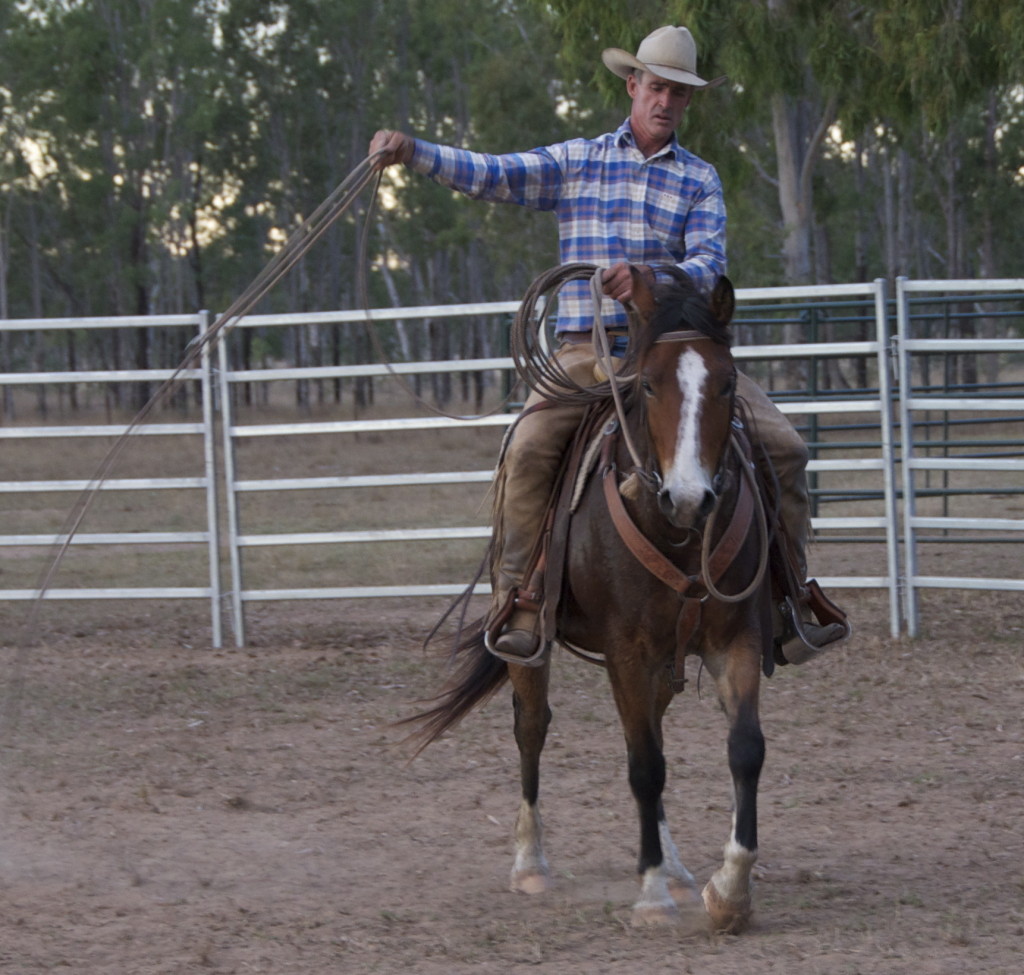![]() Whats Going On: Autumn is now upon those in the U.K. and of course spring is now in the air for the Southern Hemisphere. My time in the Northern Hemisphere has been busy with horsemanship courses and young horse starting. All has gone well with full courses and starting some 15 head of horses in the U.K. for the 2 months that I was there.
Whats Going On: Autumn is now upon those in the U.K. and of course spring is now in the air for the Southern Hemisphere. My time in the Northern Hemisphere has been busy with horsemanship courses and young horse starting. All has gone well with full courses and starting some 15 head of horses in the U.K. for the 2 months that I was there.
I am now travelling back to Australia, currently enjoying some time in Europe practicing my golf swing. I will be back in the Middle East for a short time before arriving back in Sydney for a course at the end of September at Fullcirlce Farm, Picton, N.S.W. It is then back into my 2014 Australian and New Zealand schedules. My website will be updated over the coming months with my 2015 Australian, New Zealand and U.K. course and young horse schedule. I also have the second article titled ” Timing” coming out in the e-magazine, The Horseman’s Diary shortly.
Horsemanship: Within the horsemanship courses that I teach I speak of the importance of the horse’s inside leg and also the riders. Equally the importance of your outside rein when you use your inside leg and how that affects the position of your horse’s inside leg. Many riders may find that when they use their inside leg it will not initially have much meaning. When used in conjunction with your outside rein your inside leg should help the horse to step forward and track up with their inside leg and become more united and engaged. When your horse’s inside leg is tracking up you will find that your canter transitions should also improve with your horse ” going up into the canter ” as opposed to running, falling or rearing into the canter. Equally when you have both inside legs tracking up equally this will help you with straightness within your horse. It will also help you to have your ridden circles become more even on both reins.
When speaking of the importance of the riders inside leg I am not suggesting that riders not use an outside leg to cue their horses for the canter. The horse is like a ship and steers from the hindquarters. If we become more focused on what occurs behind the withers the front often takes care of itself. Again it is the ” Preparation to the position for the transition.”


Recent Comments